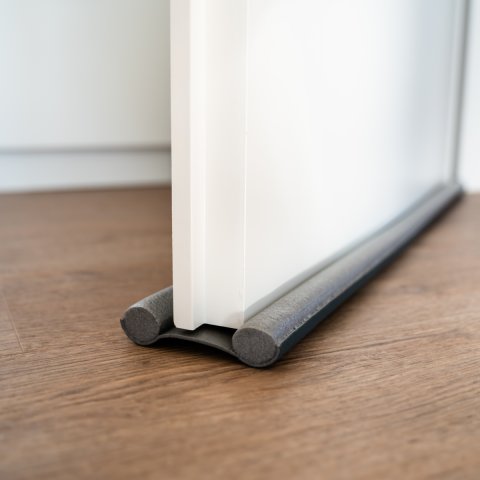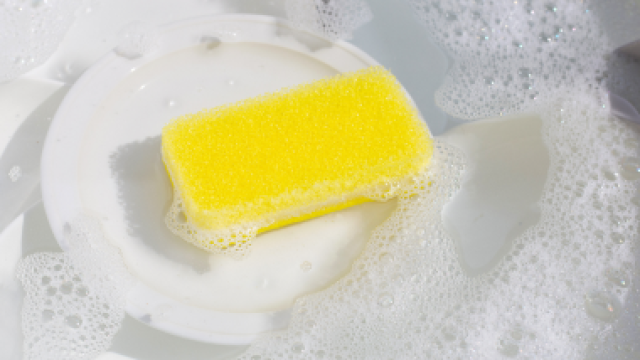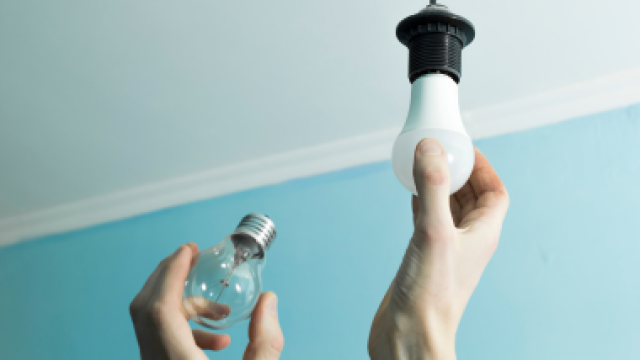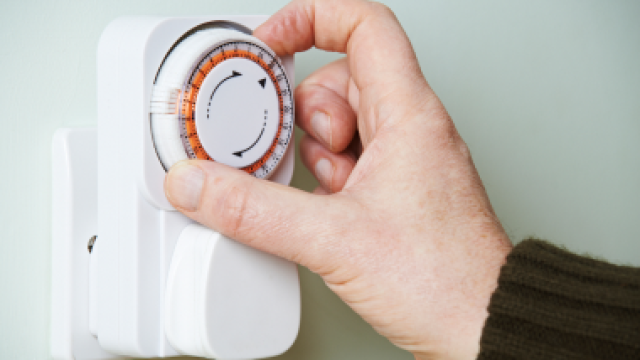How to draught proof your home
Often there is no point trying to heat a home efficiently if the building’s full of draughts.

Often there is no point trying to heat a home efficiently if the building’s full of draughts.
There’s much folklore around how to keep your home warm and dry. Some may be true, or have basis in fact, and there are even some things that our grandparents knew which we seem to have forgotten — like the use of curtain pelmets to prevent ghost draughts.
Here are some ways to draught proof your home (regardless of whether you own your own property or if you are a tenant).
Consider applying an adhesive vinyl v-seal weather strip to the gaps between your window and the frame (available from most hardware stores).
Consider installing brush strips or rubber seals (you may need specialist assistance). For more information, visit the ConsumerBuild site
These cover the gap at the bottom of the door and should be installed after you have applied weather strips to the frame.
Available from most hardware stores for under $10 or make your own
You can get brands like Raven 5m door and window weather strips, and Dynalink door and window weather strips from most hardware stores. They usually cost less than $20. You may need to use small nails or staples to make the strips stick.
Effective, but costly. Find more information from EECA.
Relatively new, this film reduces heat transfer from heat generated inside the home by 92 percent compared to untreated glass. However there is some evidence this may also inhibit sunlight getting in, hence heat gain may be compromised.
EECA’s site Energywise reports that DIY window-film kits cut heat loss through windows by half.
The charity Community Energy Action reports curtains will make more of a difference to the warmth of your house than double glazing.

Check out our list of handy tips to keep you (and your bills) cool over summer.

How you use appliances, and how you maintain their condition, are key factors in controlling your energy use.

There are heaps of ways to be a bit more considered about how you use hot water and make some sweet savings in the process.

A fast way to achieve power savings is to switch to LED lights.

Low cost and relatively easy to install, timers and sensors control lighting and electricity when rooms and appliances aren’t being used.